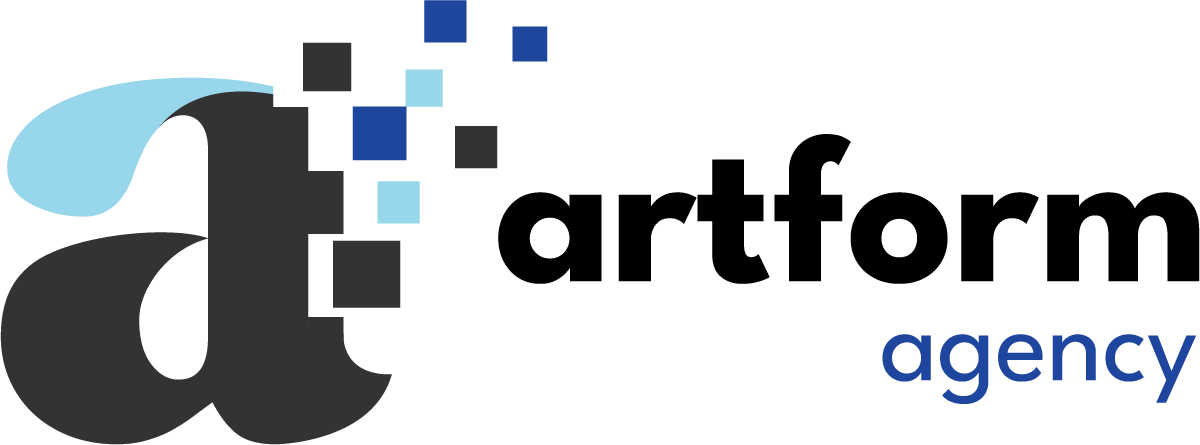The rapid development of artificial intelligence (AI) capabilities, especially large language models (LLMs), has sparked global debates. Do open source AI models benefit society by enabling rapid innovation, or do they pose security risks by allowing adversaries to misuse these technologies?
Learning from Open Source Software (OSS)
Fortunately, AI developers can draw lessons from the history of open source software (OSS). The Cybersecurity and Infrastructure Security Agency (CISA) has extensive experience in OSS security, recognizing its significant value in fostering innovation. Recently, CISA responded to the NTIA’s Request for Information on Dual Use Foundation AI Models, emphasizing the importance of responsible development and learning from existing software security work.
The Role of Open Foundation Models
The rapid development of AI, particularly large language models (LLMs), has ignited debates on the benefits and risks of open source AI models. Drawing lessons from the history of open source software (OSS), CISA emphasizes the need for responsible development and transparency in AI. Open foundation models, defined as AI models with widely available weights, offer significant potential for innovation but require robust security measures to mitigate misuse and vulnerabilities. By adopting principles from OSS, the AI community can ensure these models are safe, secure, and beneficial to society.
Learning from Software Security
OSS has driven innovation across sectors, with immense value creation. CISA emphasizes that all software manufacturers should be responsible consumers and contributors to OSS, ensuring a sustainable and secure ecosystem. This principle applies to open foundation models as well.
In cybersecurity, the benefits of open source tools for defenders often outweigh the risks of misuse. Similar lessons can be applied to AI tools, suggesting that dual-use open source AI tools can strengthen defenses.
Security roadmaps highlight the importance of global collaboration and government support in enhancing OSS security. The AI community should incorporate these security principles.
Responsible Development and Release of Open Foundation Models
CISA identifies two classes of potential harms from foundation models: deliberate misuse and unintentional harms. Mitigating deliberate misuse requires a multipronged approach, including abuse prevention and domain-specific risk mitigations. Addressing unintentional harms involves building protections into models and adopting a secure by design approach.
Emphasizing Transparency and Responsibility
Open foundation models vary in their level of openness. Transparency about training data is crucial for security. Developers must ensure their models are safe, secure, and trustworthy, even if the data isn’t fully open.
The global AI community should learn from OSS, prioritize responsible development, and embrace transparency. By doing so, we can harness the benefits of open foundation models while mitigating their risks.
Challenges with Open Source AI and How to Overcome Them
As companies explore the potential of open source AI, they often face significant challenges that go beyond technology. These issues can slow down or even derail AI adoption if not addressed early. To successfully integrate AI, businesses need to focus on organizational readiness, leadership support, and adapting internal processes.
One of the biggest challenges is leadership buy-in. For AI to succeed, company leaders must not only understand its benefits but also be committed to supporting its implementation. Without this top-level backing, AI projects can lose momentum. Artform helps by working directly with leadership teams, providing education and guidance to ensure AI strategies are fully supported from the top down.
Change management is another key issue. AI will alter workflows and require new ways of operating. Employees may need to learn new skills and adapt to different processes. Artform offers comprehensive change management programs that include staff training, clear communication plans, and cultural initiatives to ensure employees are ready and willing to embrace AI.
Finally, skills and expertise are often lacking in organizations adopting AI. Many companies don’t have the talent needed to manage and maintain AI systems. Artform helps businesses assess their current capabilities and provides solutions, such as upskilling staff or hiring AI specialists, to fill those gaps.
By focusing on leadership, change management, and skill development, Artform ensures that companies are not only ready for AI but also set up to succeed in the long term. This holistic approach helps businesses overcome the common challenges of AI adoption while maximizing its benefits.
Want to join the AI conversation? Contact Artform.


